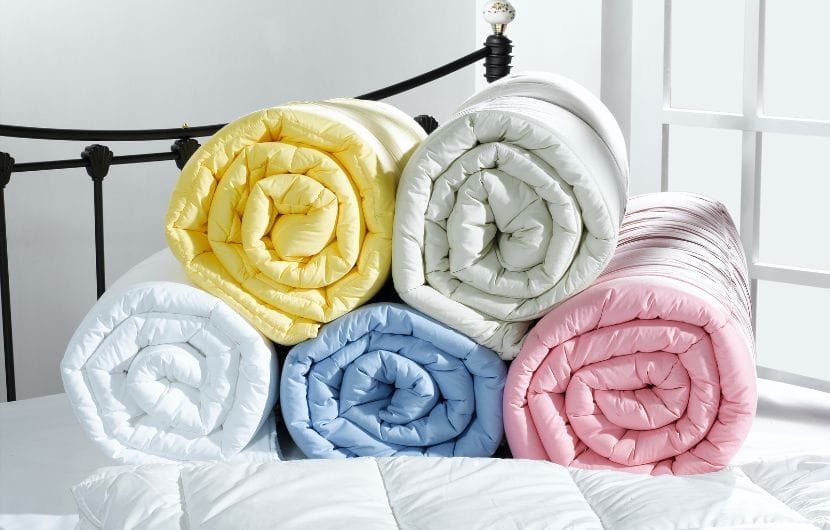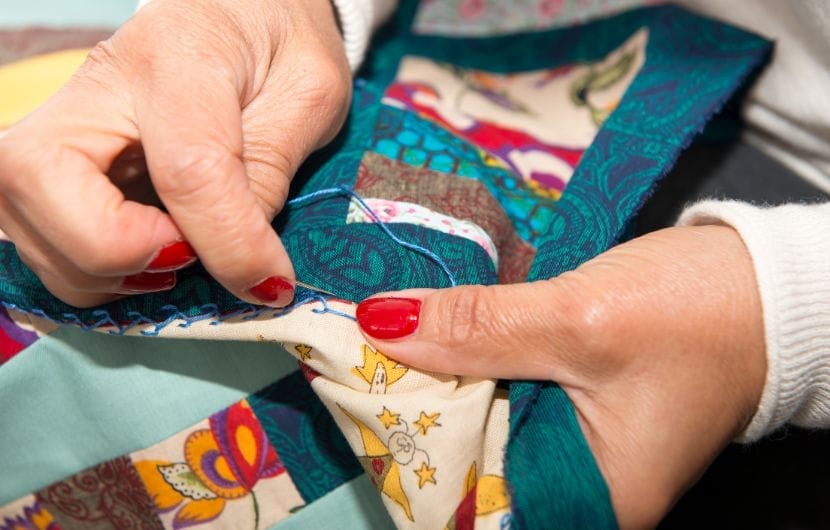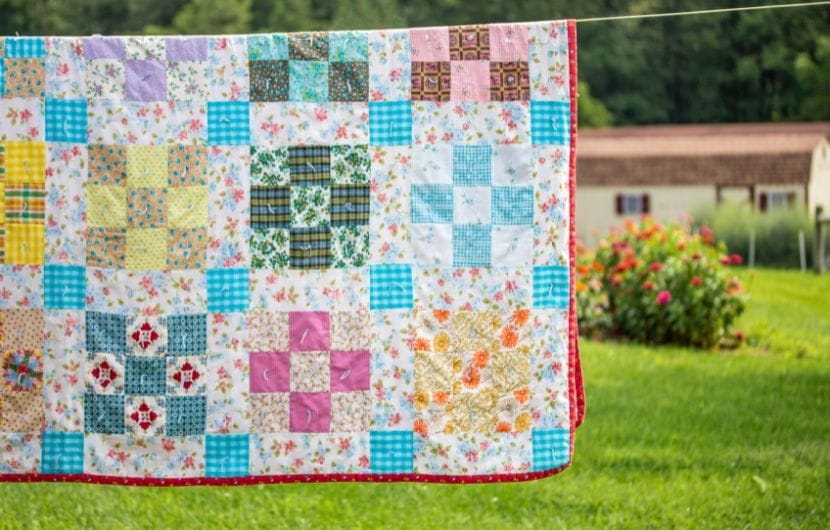Blog
Duvet vs. Quilt: Differences & How to Choose
Introduction
Firstly, the biggest difference is:
- A duvet requires a removable cover and is typically fluffier
- A quilt is a thinner, all-in-one layered blanket with decorative stitching that doesn’t need a cover.
However, the differences between a duvet and a quilt aren’t just about whether they have a cover or how they look: It’s about how they feel, how they fit into your routine, and how they work with your home environment. Here is our experience as a textile manufacturer, broken down simply and clearly, in case you’re trying to decide.
What Is A Duvet?
Duvet is a word mainly used in the United Kingdom, Canada, and other non-American English-speaking countries.
A duvet is like a big, fluffy blanket insert that goes inside a cover, kind of like a pillow and pillowcase. The duvet itself is filled with down, feathers, or synthetic materials, and it’s designed to provide warmth without needing extra layers. It’s used with a removable cover that can be changed or washed separately, which makes it more hygienic over time. Duvets are often associated with that soft, cloud-like hotel bed feeling.

What Is A Quilt?
A quilt is a complete bed cover that’s thin and lightweight. It has three stitched layers: a decorative top, a soft middle layer called batting, and a backing fabric. Quilts don’t need a separate cover and can be used alone or layered. They’re cooler, easy to handle, and great for warmer weather or adding style.
Quilt-making is popular among sewing lovers because it’s creative and personal. Each quilt can show off unique fabrics, colors, and patterns. It’s not just about making something useful. It’s a way to express style and enjoy the process of sewing something by hand.
What’s more, quilts carry more than just practical use. They hold historical and sentimental value. In the past, fabric was scarce, so women collected scraps over many years to piece together a full quilt. Because of this long, careful process, quilts became special gifts. Mothers often gave them to their children to mark important life moments like weddings or the birth of a baby.

Duvet vs. Quilt
| Feature | Duvet | Quilt |
| Cover Required | Yes | No |
| Thickness | Fluffy and lofty | Thin and flat |
| Style | Minimalist, hotel-like | Decorative, traditional or artistic patterns |
| Weight | Heavier due to filling | Generally lighter |
| Structure | Insert with a removable cover | Three-layer stitched fabric (top, batting, back) |
| Warmth | Excellent insulation, ideal for cold climates | Light to moderate warmth |
| Use | Used as the main blanket | Can be used alone or layered |
| Best For | Cold sleepers, winter use | Warm climates, layering, or decorative use |
| Storage & Maintenance | Bulkier to store, cover needs changing | Easier to fold and store, low-maintenance |
| Ease of Cleaning | Wash cover separately; insert less frequently | Entire quilt is machine washable |
Choosing Based on Climate & Comfort
Environment & Sleep Style
In colder climates or during winter, a duvet provides better warmth without the need for extra blankets. For warmer weather or for those who tend to sleep hot, a quilt is a lighter, more breathable option. Many households keep both on hand, a quilt for summer, a duvet for winter, to adapt to seasonal changes.
Maintenance & Daily Use
Ease of cleaning is a key factor. A duvet has a removable cover that can be washed separately, making it more hygienic for frequent use. Quilts are typically machine washable as a whole, which is convenient but may take longer to dry depending on the size. In humid areas, quilts dry faster after washing, which can be a time-saver. For those without a large dryer, this is a practical benefit.
Duvets tend to be bulkier, especially the inserts, so if you want to clean a duvet insert, more time and space are required to clean and dry it properly.
Related reading: How to Clean a down Duvet?
Aesthetics, Sizing & Practical Tips
Which Looks Better On the Bed?
- Quilts offer bold patterns and stitched detail, adding a cozy, decorative feel. They work well for traditional or layered styles.
- Duvets, especially when paired with a clean, neutral cover, create a minimalist, luxury-hotel look. And its removable covers are ideal for quick style changes without replacing the whole blanket.
Sizing
Sizing can vary between duvets and quilts, even for the same bed size. A queen quilt may be smaller than a queen duvet, depending on the brand or country of origin. Always check dimensions carefully to avoid mismatches, especially when layering.
Recommended reading: Exploring Bamboo Fabric: A Sustainable Textile Solution

In Summary: Which One Suits?
There’s no one-size-fits-all choice. The decision depends on climate, daily routine, and personal comfort preferences. For maximum warmth and a plush feel, a duvet is a better option. For easy care, lightweight layering, or decorative value, a quilt is ideal. Owning both allows for seasonal flexibility and a mix of function and style.
For quality craftsmanship and tailored bedding solutions, consider working with a trusted bedding manufacturer like QL Textiles. They specialize in customized bedding for different markets, combining comfort, durability, and design to meet both personal and commercial needs.
Conclusion
Introduction Firstly, the biggest difference is: A duvet requires a removable cover and is typically fluffier A quilt is a
Leave a Comment

 Nov 27, 2025
Nov 27, 2025 
